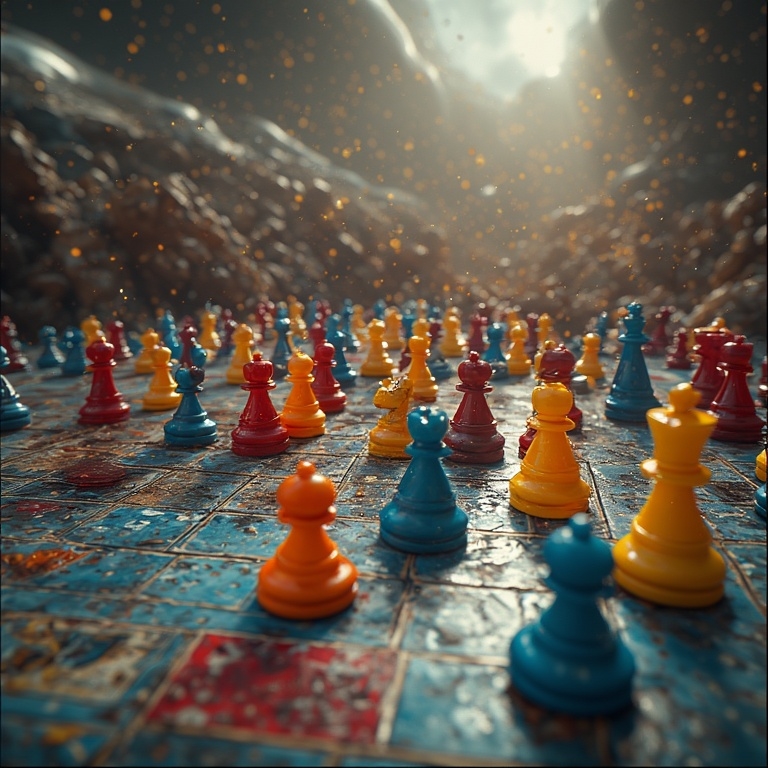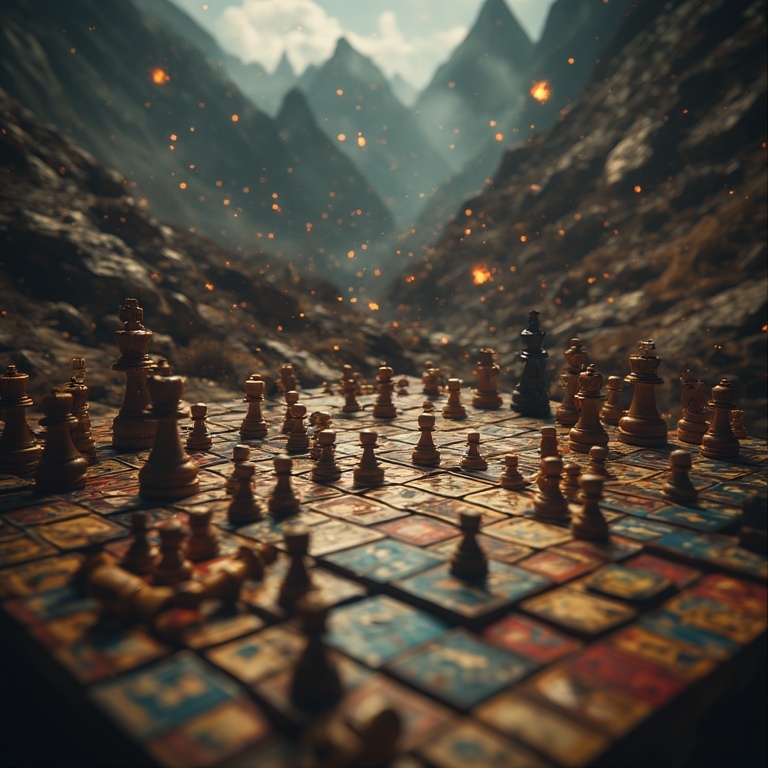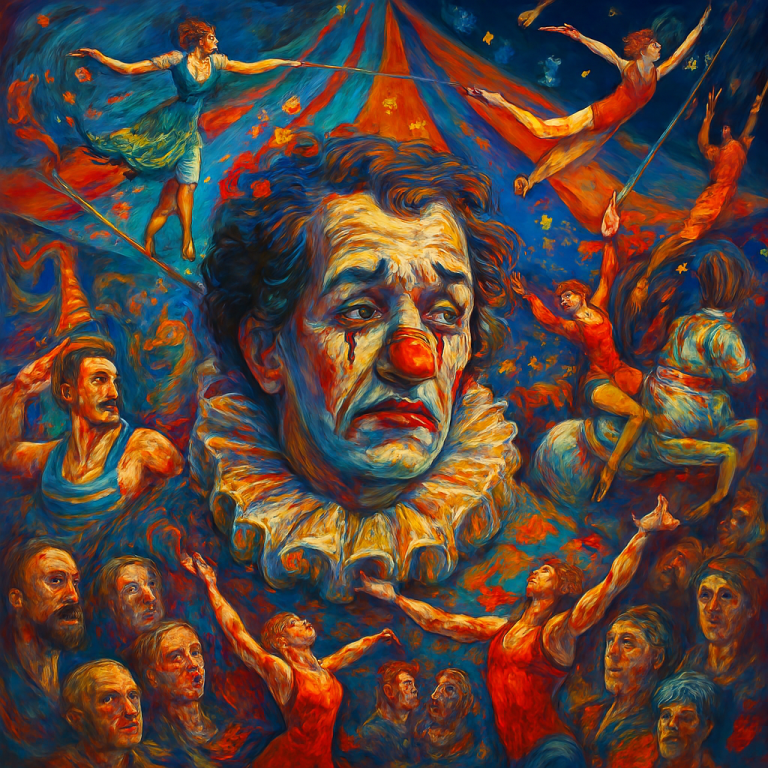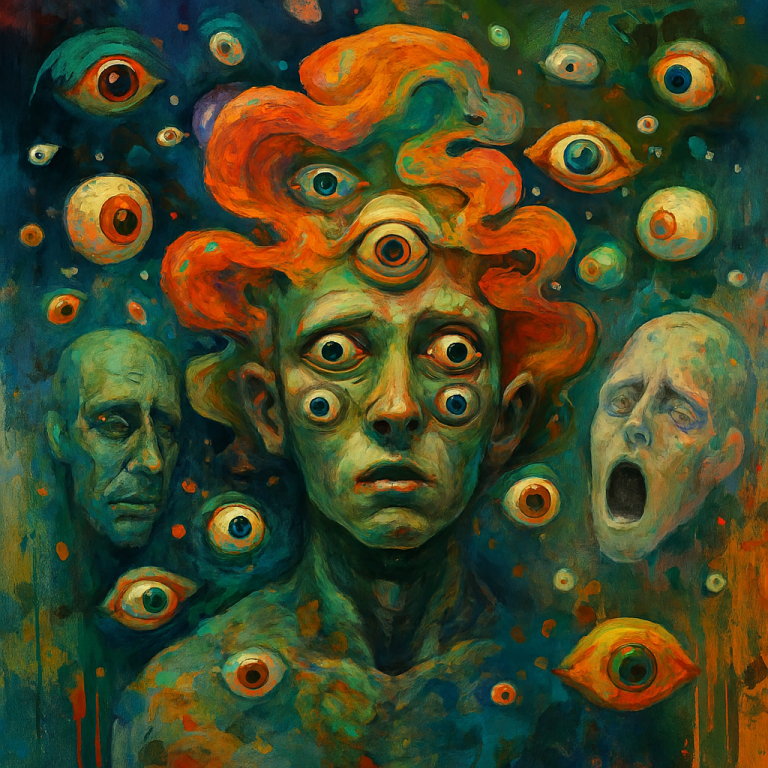
Social Dynamics
BOARD GAMES – How Human Behavior, Emotion, and Ritual Shape the Evolution of Play
FROM ANCIENT RITUALS TO MODERN MECHANICS
Board games began as symbolic rituals—tools for storytelling, divination, and social bonding. Ancient Egyptian senet was more than a pastime; it reflected beliefs about the afterlife and fate. As cultures evolved, games like Go and chess emerged, emphasizing strategic depth and mental endurance. These early formats laid the groundwork for modern mechanics, where rules became more codified and outcomes more variable.
The shift from ritual to recreation marked a turning point in how games were perceived. They became mirrors of human cognition, not just spiritual tools. Over time, board games absorbed cultural motifs, technological advances, and psychological nuance. Today’s games are designed with emotional arcs, narrative depth, and cooperative dynamics. The transformation reflects a broader shift in how societies value play—not as distraction, but as a meaningful expression of identity and connection.

Human Behavior
DECISION-MAKING AND EMOTIONAL RISK
Every board game is a laboratory for decision-making. Players weigh options, anticipate consequences, and manage uncertainty. Unlike real-life choices, game decisions unfold in a controlled environment, allowing emotional risk without lasting consequences. This creates a safe space for experimentation and growth. The tension between risk and reward activates emotional responses—excitement, anxiety, frustration, and joy. These reactions are not incidental; they are central to the experience.
Designers now build emotional arcs into gameplay, using pacing, surprise, and narrative to heighten engagement. The psychology of choice is embedded in mechanics like bluffing, resource management, and turn order. As players navigate these systems, they reveal patterns of thought and behavior that echo real-world dynamics. The game becomes a reflection of the player’s inner world.
COMPETITION AND IDENTITY FORMATION
Competition in board games is not just about winning—it’s about self-definition. Players adopt roles, assert strategies, and test boundaries. The act of competing reveals traits like assertiveness, patience, and adaptability. In multiplayer formats, competition becomes a social performance, shaped by group dynamics and personal history. Some players thrive on dominance, others on collaboration or misdirection. These preferences often mirror deeper psychological patterns. The game table becomes a stage where identity is rehearsed and refined. Over time, repeated play can reinforce or challenge these traits, offering opportunities for growth and reflection. Competitive games also foster resilience, teaching players to cope with loss and recalibrate strategies. The emotional stakes are real, even if the outcomes are fictional.
COOPERATION AND EMPATHY
Cooperative board games represent a radical shift in design philosophy. Instead of pitting players against each other, they unite them against a common challenge. This format encourages empathy, communication, and shared problem-solving. Players must listen, adapt, and support each other to succeed. The psychological impact is profound—cooperative play builds trust and emotional intelligence. It also reduces social anxiety, making games more accessible to diverse groups. Designers use mechanics like hidden roles, shared resources, and time pressure to simulate real-world collaboration. These elements foster a sense of belonging and mutual respect. Cooperative games are especially powerful in educational and therapeutic contexts, where emotional safety and teamwork are paramount. They transform the game from a contest into a collective journey.

NARRATIVE AND SYMBOLIC RESONANCE
Modern board games often incorporate rich narratives, turning gameplay into storytelling. This shift reflects a deeper psychological need for meaning and coherence. Players are not just moving pieces—they are inhabiting roles, making choices, and shaping outcomes. The narrative structure provides emotional continuity, allowing players to invest in characters and consequences. Symbolic elements—maps, tokens, story cards—reinforce immersion and identity. These motifs tap into archetypes and cultural memory, making the experience feel mythic and personal. Narrative-driven games often blur the line between fiction and play, creating emotional stakes that linger beyond the table. This resonance deepens engagement and transforms the game into a symbolic journey. Players become co-authors of the experience, shaping its emotional and thematic contours.
TIME, MEMORY, AND LEGACY MECHANICS
Legacy games introduce permanent change into the game world, altering rules, components, and storylines over time. This mechanic mirrors human memory and the passage of time. Players make decisions that leave lasting marks—stickers on the board, torn cards, evolving characters. These changes create a sense of continuity and consequence, reinforcing emotional investment. The game becomes a shared history, shaped by collective choices and personal milestones. Legacy mechanics challenge the idea of replayability, replacing it with narrative progression. This format encourages reflection, adaptation, and long-term strategy. It also fosters emotional attachment, as players witness the transformation of the game world. The psychological impact is profound—legacy games simulate growth, loss, and evolution in ways that echo real life.

SOCIAL DYNAMICS
SOCIAL DYNAMICS AND GROUP PSYCHOLOGY
Board games are social ecosystems, shaped by group dynamics and interpersonal chemistry. The way players interact—cooperate, compete, negotiate—reveals patterns of behavior and emotional intelligence. Some games amplify social tension, while others diffuse it through humor or abstraction. Group size, familiarity, and personality all influence the experience. Games can strengthen friendships, expose conflicts, or create new bonds. The table becomes a microcosm of social life, where roles are fluid and outcomes unpredictable. Designers often use mechanics like voting, trading, and alliances to simulate real-world interactions. These systems encourage negotiation, persuasion, and empathy. The psychological richness of group play lies in its unpredictability—every session is a new social experiment.
EMOTIONALLY CHARGED MECHANICS
Certain game mechanics are designed to evoke strong emotional responses. Hidden information creates suspense and paranoia. Sudden reversals trigger surprise and frustration. Cooperative failure fosters solidarity and resilience. These emotional beats are not accidental—they are carefully engineered to heighten engagement. Designers use pacing, randomness, and narrative cues to manipulate emotional rhythm. The goal is not just to entertain, but to create memorable experiences. Emotional mechanics deepen immersion and reinforce thematic coherence. They also reveal individual thresholds—how players handle stress, ambiguity, and loss. The emotional architecture of a game is as important as its rules. It shapes how players remember and interpret the experience.
TACTILE ENGAGEMENT AND SENSORIAL MEMORY
Physical components—cards, tokens, boards—play a crucial role in board game psychology. Tactile engagement enhances memory, immersion, and emotional resonance. The feel of a wooden piece, the sound of dice, the visual layout of a map—all contribute to the experience. These sensory cues anchor gameplay in the body, making it more vivid and memorable. Designers use texture, color, and layout to guide attention and evoke emotion. Tactile elements also reinforce symbolic meaning—a crown token feels regal, a cracked tile suggests decay. The physicality of board games distinguishes them from digital formats, creating a grounded, embodied ritual. Sensorial memory lingers long after the game ends, shaping how players recall and re-engage with the experience.
INCLUSIVITY AND ACCESSIBILITY IN DESIGN
Modern board games increasingly prioritize inclusivity—designing for diverse abilities, backgrounds, and preferences. This shift reflects a broader cultural awareness of representation and equity. Games now feature characters of varied identities, mechanics that accommodate neurodiversity, and components that support physical accessibility. Inclusive design enhances emotional safety and engagement, allowing more players to participate fully. It also challenges stereotypes and expands narrative possibilities. Designers use modular rules, visual aids, and cooperative formats to reduce barriers. The psychological impact is significant—players feel seen, respected, and empowered. Inclusivity transforms the game from a product into a shared space of belonging. It reinforces the idea that play is a universal human right.

THE ROLE OF HUMOR AND ABSURDITY
Humor in board games serves as a psychological release—diffusing tension, fostering connection, and enhancing memory. Absurd mechanics, silly themes, and exaggerated outcomes create emotional contrast. This contrast heightens engagement and makes the experience more dynamic. Humor also encourages risk-taking and creativity, reducing fear of failure. Designers use wordplay, visual gags, and unpredictable events to generate laughter. These elements activate social bonding and emotional resilience. Absurdity challenges conventional logic, inviting players to think differently and embrace ambiguity. The psychological value of humor lies in its ability to transform stress into joy. It makes the game feel alive, unpredictable, and deeply human.
THE SHIFT FROM WINNING TO EXPERIENCING
Traditional board games emphasized victory—clear goals, defined outcomes, and competitive structure. Modern games increasingly prioritize experience—narrative depth, emotional resonance, and thematic immersion. This shift reflects changing values around play and identity. Players now seek meaning, connection, and creativity over dominance. Designers respond by creating open-ended formats, cooperative challenges, and story-driven mechanics. The emphasis moves from outcome to process, from score to memory. This transformation redefines what it means to play. It invites reflection, collaboration, and emotional depth. The game becomes a journey, not a contest. The psychological impact is profound—players engage more fully, remember more vividly, and connect more deeply.
THE RITUAL OF SETUP AND TEARDOWN
The act of preparing and concluding a board game is itself a psychological ritual. Setup involves anticipation, organization, and emotional priming. Teardown offers reflection, closure, and transition. These moments frame the experience, giving it structure and meaning. Players often develop personal rituals—how they shuffle cards, arrange tokens, or narrate outcomes. These habits reinforce identity and emotional investment. Designers support this ritual through intuitive components, thematic packaging, and narrative prompts. The psychology of ritual enhances immersion and emotional continuity. It transforms the game from an activity into a meaningful event. Setup and teardown become bookends to a shared journey.
THE FUTURE OF BOARD GAME PSYCHOLOGY
Board games are evolving rapidly, shaped by cultural shifts, technological integration, and deeper psychological insight. The future points toward hybrid formats that blend physical components with digital augmentation, enhancing immersion and accessibility. Emotional design will take center stage—games will be crafted to evoke specific moods, foster empathy, and support mental wellness. Mechanics will become more adaptive, responding to player behavior and offering personalized experiences.
Symbolic depth will expand, with games exploring themes of identity, memory, and transformation. Designers will prioritize modularity, allowing players to customize rules, narratives, and components to suit their emotional and cognitive preferences. The boundaries between game, ritual, and therapy will blur, creating new spaces for healing and connection. As board games continue to reflect and shape human psychology, they will become tools not just for entertainment, but for emotional literacy and social evolution.

Conclusion
Board games are more than structured play—they are emotional landscapes, cognitive laboratories, and symbolic mirrors. Their evolution reveals how humans think, feel, and connect. From ancient rituals to modern legacy formats, each shift in design reflects a deeper understanding of human behavior. The psychology of board games encompasses decision-making, identity, empathy, and memory. As formats diversify and mechanics deepen, games become richer, more inclusive, and more emotionally resonant. They offer not just challenge, but meaning. In a world increasingly shaped by digital abstraction, board games provide tactile, communal, and emotionally grounded experiences. They remind us that play is not trivial—it is essential. It is how we learn, heal, and grow.
Join the Discussion
What board game has shaped your thinking or emotional growth? Do you prefer cooperative formats or competitive ones—and why? How do you see board games evolving in the next decade?
#BoardGamePsychology #SymbolicPlay #EmotionalDesign #CooperativeGames #NarrativeMechanics #TactileImmersion #IdentityThroughPlay #ModularGameDesign #InclusiveGaming #LegacyMechanics #SocialDynamics #CognitivePlay #EmpathyInGames #RitualOfPlay #FutureOfBoardGames






1 thought on “BOARD GAMES MAGICAL PSYCHOLOGY HUMAN BEHAVIOR”